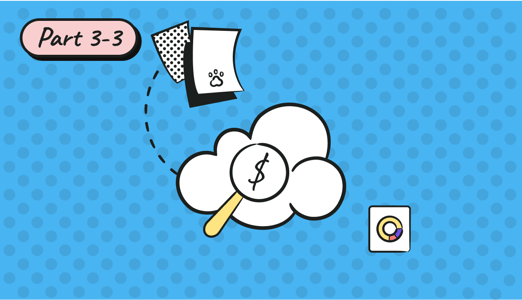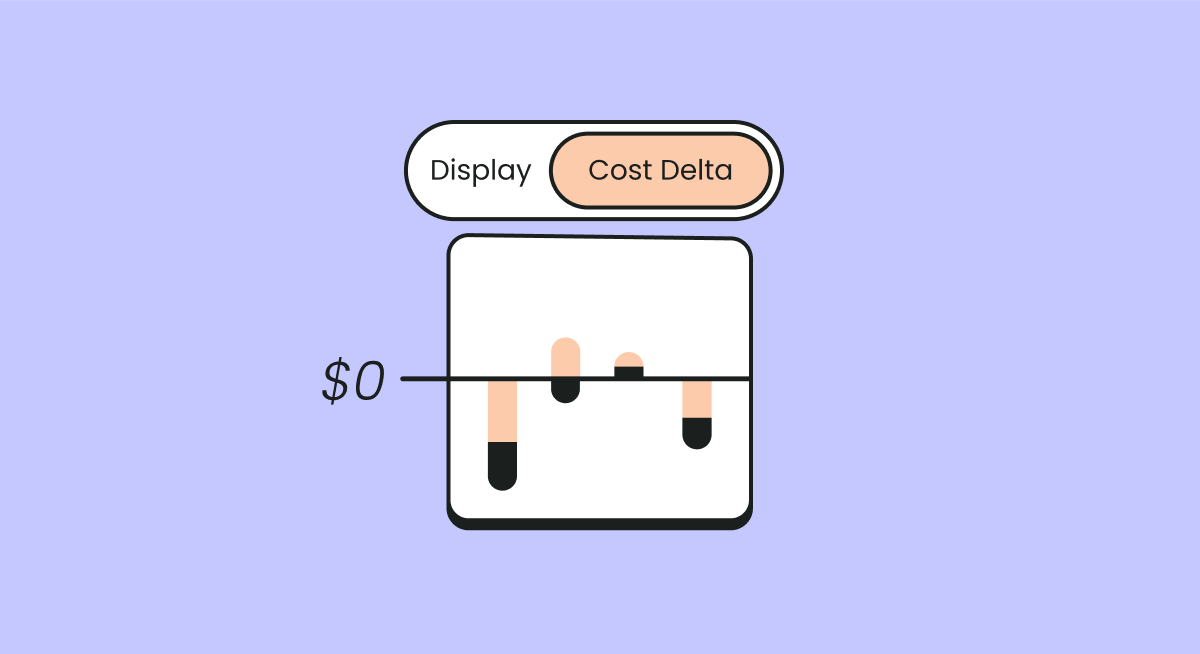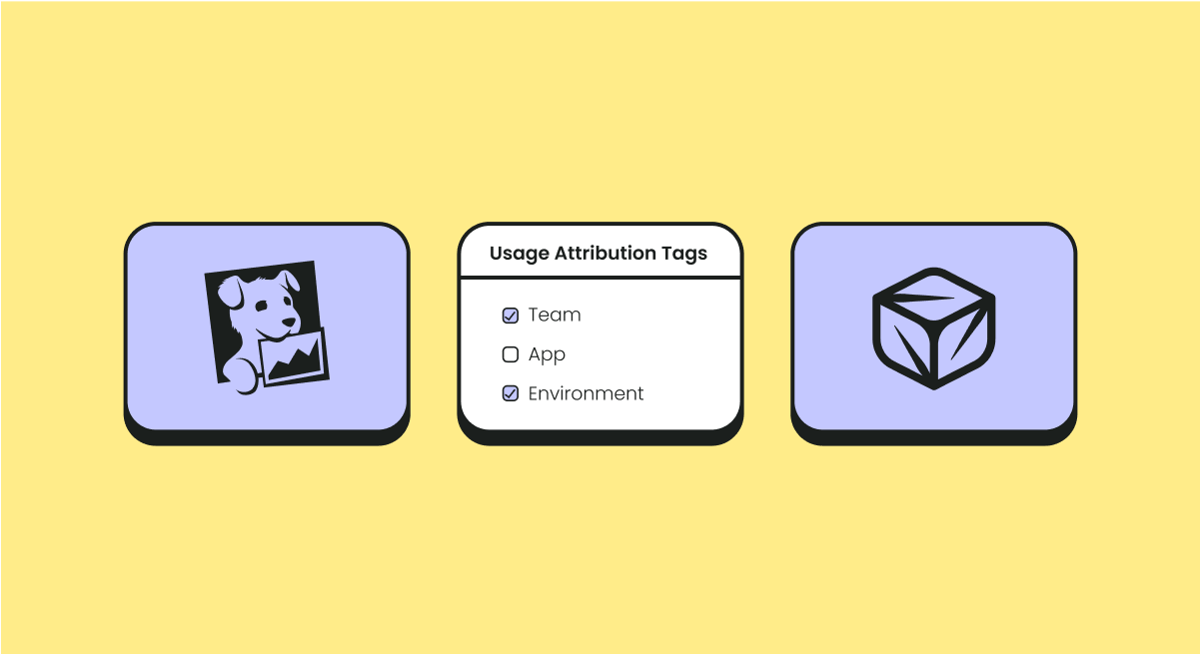
In parts 1 and 2, we explored what a service catalog is, its typical contents, and its crucial role in modern enterprises. We established how service catalogs streamline IT service management and enhance operational efficiency. Now, in part 3, we’ll delve into how FinOps teams can leverage a service catalog to drive financial operations, focusing on achieving 100% cost allocation.
In FinOps, a service catalog is more than a list of IT services; it’s essential for transparency, accountability, and cost optimization. Achieving 100% cost allocation, and ensuring every dollar spent is tracked and attributed, is a top priority. A well-maintained service catalog provides the framework to tag and track resources effectively.
This part will cover the significance of a service catalog in cost allocation, the concept of 100% cost allocation, the need for timely updates, and the role of automation in integrating the service catalog with cost allocation processes within FinOps solutions like Finout. We'll also explore how AppsFlyer successfully applied these principles to optimize its cloud financial management.
Original article here.
What Does 100% Cost Allocation Mean?
100% cost allocation aims to assign every cent of cloud expenditure back to the business in a way that accurately reflects consumption. This level of allocation ensures there are no "orphan" costs—expenditures that cannot be attributed to any specific department, project, or service. The service catalog is crucial in reaching this goal by providing a framework to tag and track resources from the moment they are provisioned.
The Critical Role of the Service Catalog in Cost Allocation
A service catalog is a detailed inventory of all cloud services and resources deployed within an organization. Managed and kept updated by the platform team, it is essential for day-to-day operations. Each entry includes metadata about the service, such as its purpose, owner, users, and cost information. This structured data source always kept updated, empowers FinOps teams to achieve 100% cost allocation. By leveraging this detailed information, FinOps teams can create simple cost allocation rules, accurately attributing cloud spending to specific services, departments, projects, or business units.
Cost allocation involves assigning the costs of cloud resources to the entities that consume them. Using the service catalog, FinOps teams can distribute costs based on actual usage, facilitating granular financial analysis and accountability.
The Importance of Timely Updates to the Catalog
The dynamic nature of cloud environments means services and resources are constantly being added, modified, or decommissioned. To maintain the integrity of cost allocation, updates to the service catalog must be applied promptly. Delays or inaccuracies can lead to misallocated costs, obscured financial visibility, and impaired decision-making. Quick updates ensure financial reports reflect current resource consumption, allowing for proactive cost management and optimization strategies.
Automating the Service Catalog into a Cost Allocation Map
Automating the integration of the service catalog into a cost allocation map within FinOps platforms, such as Finout, is critical for several reasons:
- Accuracy and Efficiency: Automation reduces the risk of human error and ensures that cost allocation is based on the most current data. This accuracy is vital for reliable financial reporting and analysis.
- Real-Time Visibility: Automated updates provide real-time visibility into the cost implications of deploying, scaling, or decommissioning services. This enables more agile financial management and quicker responses to cost overruns or inefficiencies.
- Scalability: As organizations grow and their cloud environments become more complex, manual tracking and allocation becomes impractical. Automation ensures that cost allocation processes can scale with the organization, accommodating new services and changes without sacrificing accuracy or timeliness.
- Speed of Updates: A system like Finout can quickly and automatically update cost allocation mappings as soon as changes occur in the service catalog. This rapid update capability is crucial for maintaining accurate and up-to-date financial records, enabling FinOps teams to react promptly to any changes in the cloud environment.
AppsFlyer Case Study: A Practical Example
Read the entire case study here
AppsFlyer's successful integration of its service catalog with Finout showcases how automation and real-time visibility can achieve 100% cost allocation. By using Finout, the AppsFlyer team was able to automate their cost allocation processes, ensuring accurate and up-to-date financial reporting. Finout's capabilities allowed AppsFlyer to:
- Leverage Detailed Metadata: Finout used the detailed metadata from AppsFlyer's service catalog to create precise cost allocation rules, ensuring every expense was accurately attributed to the correct service, department, or project.
- Enhance Real-Time Financial Insights: With Finout, AppsFlyer gained real-time visibility into their cloud spending, allowing for immediate adjustments and proactive cost management.
- Scale Efficiently: Finout's automation capabilities enabled AppsFlyer to seamlessly scale their cost allocation processes as its cloud environment grew, maintaining accuracy and efficiency.
If you want to learn more about how Finout's solution helped the AppsFlyer team manage and govern cloud spend by effectively using their service catalog, check out the AppsFlyer Case Study right here.
Conclusion
A service catalog is more than a simple directory of IT services—it's a cornerstone of effective cloud cost management. By enabling precise cost allocation, supporting the goal of 100% cost attribution, requiring timely updates, and necessitating automation, the service catalog plays a critical role in the financial operations of cloud-centric organizations. In platforms like Finout, automating the service catalog's integration into cost allocation maps is essential for maintaining financial control, ensuring transparency, and driving cost optimization in the cloud.
Stay tuned for part 4: How can you leverage your service catalog for other parts of your FinOps journey.








